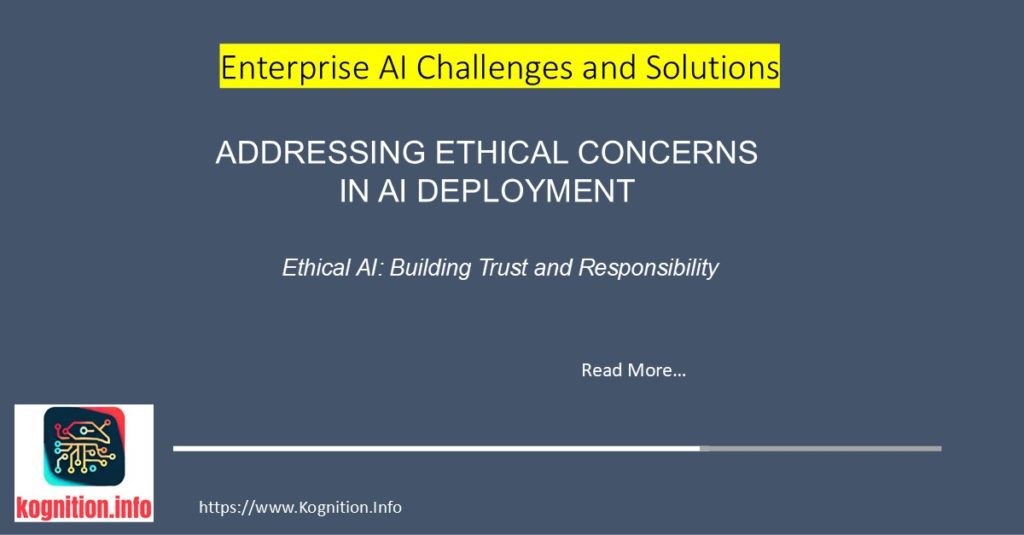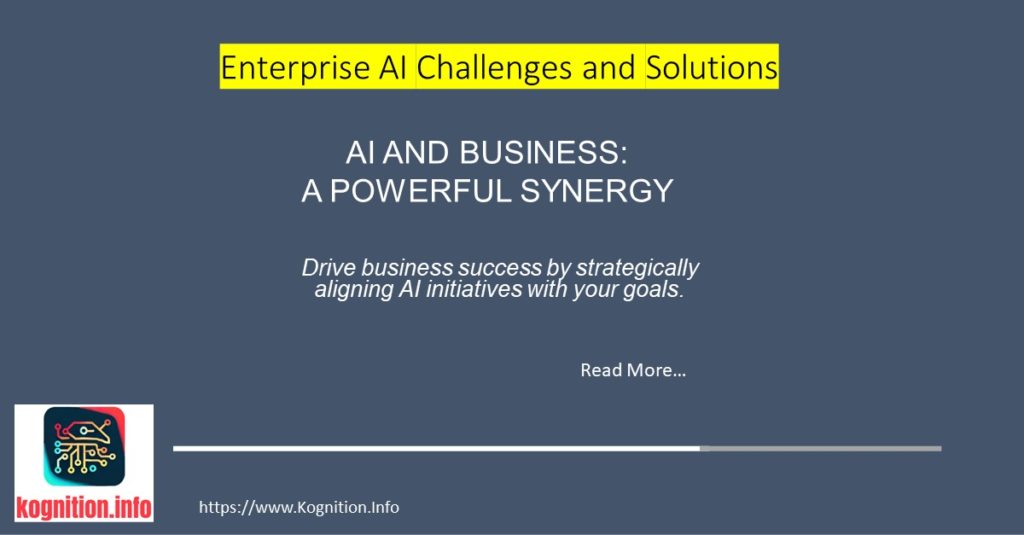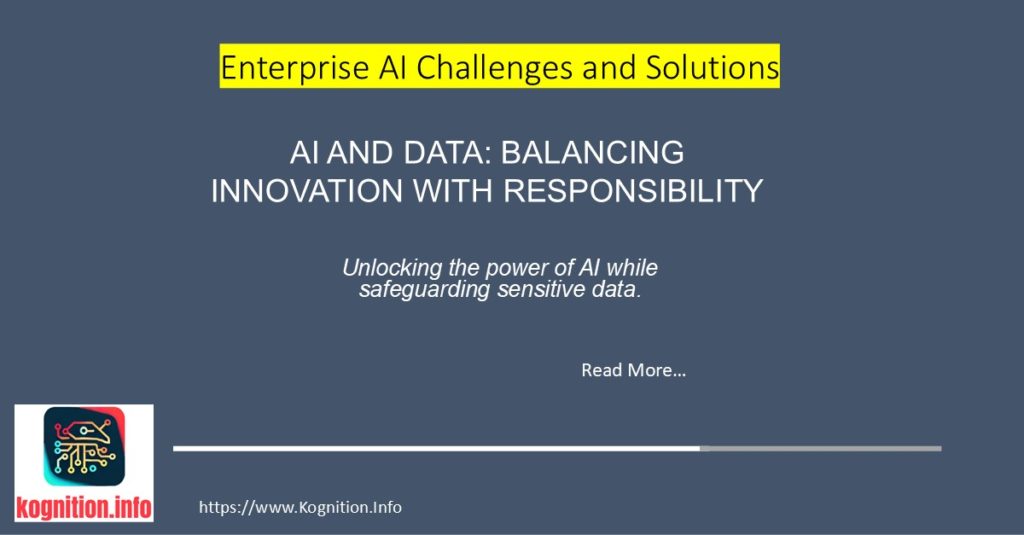From Resistance to Reliance: Mastering AI Adoption The Human Element: Why Your AI Strategy Lives or Dies with User Adoption In the rush to implement AI solutions, many enterprises focus predominantly on technological capabilities and potential business outcomes, overlooking the most critical success factor: user adoption. Even the most sophisticated AI system delivers zero value…



